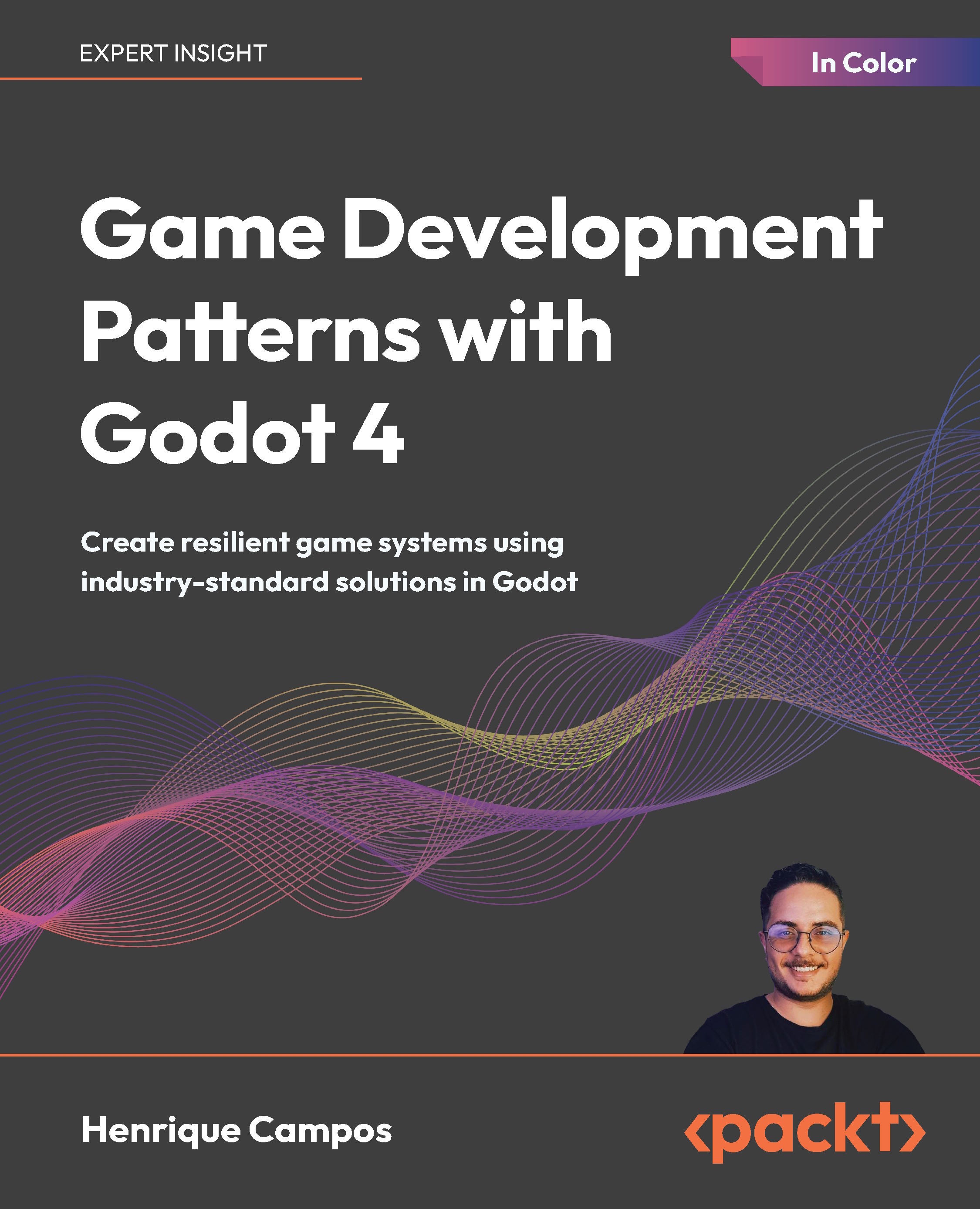-
Use cutting-edge technologies like DirectX to make awesome games
-
Discover tools that will make game development easier
-
Bring your game to the latest touch-enabled PCs and tablets
With the recent success of a lot of smaller games, game development is quickly becoming a great field to get in to. Mobile and PC games are on the rise, and having a way to create a game for all types of devices without rewriting everything is a huge benefit for the new Windows 8 operating system. In this book, you will learn how to use cutting-edge technologies like DirectX and tools that will make creating a game easy. This book also allows you to make money by selling your games to the world.
Learning Windows 8 Game Development teaches you how to create exciting games for tablets and PC on the Windows 8 platform. Make a game, learn the techniques, and use them to make the games you want to play. Learn about graphics, multiplayer options, how to use the Proximity + Socket APIs to add local multiplayer, how to sell the game outright, and In-App Purchases.
Learning Windows 8 Game Development guides you from the start of your journey all the way to developing games for Windows by showing you how to develop a game from scratch and sell it in the store.With Learning Windows 8 Game Development, you will learn how to write the code required to set everything up, get some graphics on screen, and then jump into the fun part of adding gameplay to turn a graphics sample into a proper game. From there, you'll look at how to add awesome features to your game like networking, motion controls, and even take advantage of new Windows 8 features like live tiles and sharing to make your players want to challenge their friends and keep playing.
This book wraps up by covering the only way a good game can finish development: by shipping the game on the Windows Store. You'll look at the things to remember to make certification painless and some great tips on how to market and sell your game to the public.
Learning Windows 8 Game Development is for any developer looking to branch out and make some games. It's assumed that you will have an understanding of C++ and programming. If you want to program a game, this book is for you, as it will provide a great overview of Direct3D and Windows 8 game development and will kick-start your journey into 3D development.
-
Render sprites in 2D
-
Use touch, gamepad, mouse, and keyboard input to control the game
-
Learn the techniques to add multiplayer to your game
-
Add competition with accessible Windows 8 features
-
Use motion sensors and GPS to add unique gameplay
-
Master techniques to maximise your Windows Store effectiveness
-
Learn tips and tricks to pass store certification
-
Kick-start the next stage of gaming with 3D rendering
 United States
United States
 Great Britain
Great Britain
 India
India
 Germany
Germany
 France
France
 Canada
Canada
 Russia
Russia
 Spain
Spain
 Brazil
Brazil
 Australia
Australia
 Singapore
Singapore
 Hungary
Hungary
 Ukraine
Ukraine
 Luxembourg
Luxembourg
 Estonia
Estonia
 Lithuania
Lithuania
 South Korea
South Korea
 Turkey
Turkey
 Switzerland
Switzerland
 Colombia
Colombia
 Taiwan
Taiwan
 Chile
Chile
 Norway
Norway
 Ecuador
Ecuador
 Indonesia
Indonesia
 New Zealand
New Zealand
 Cyprus
Cyprus
 Denmark
Denmark
 Finland
Finland
 Poland
Poland
 Malta
Malta
 Czechia
Czechia
 Austria
Austria
 Sweden
Sweden
 Italy
Italy
 Egypt
Egypt
 Belgium
Belgium
 Portugal
Portugal
 Slovenia
Slovenia
 Ireland
Ireland
 Romania
Romania
 Greece
Greece
 Argentina
Argentina
 Netherlands
Netherlands
 Bulgaria
Bulgaria
 Latvia
Latvia
 South Africa
South Africa
 Malaysia
Malaysia
 Japan
Japan
 Slovakia
Slovakia
 Philippines
Philippines
 Mexico
Mexico
 Thailand
Thailand















